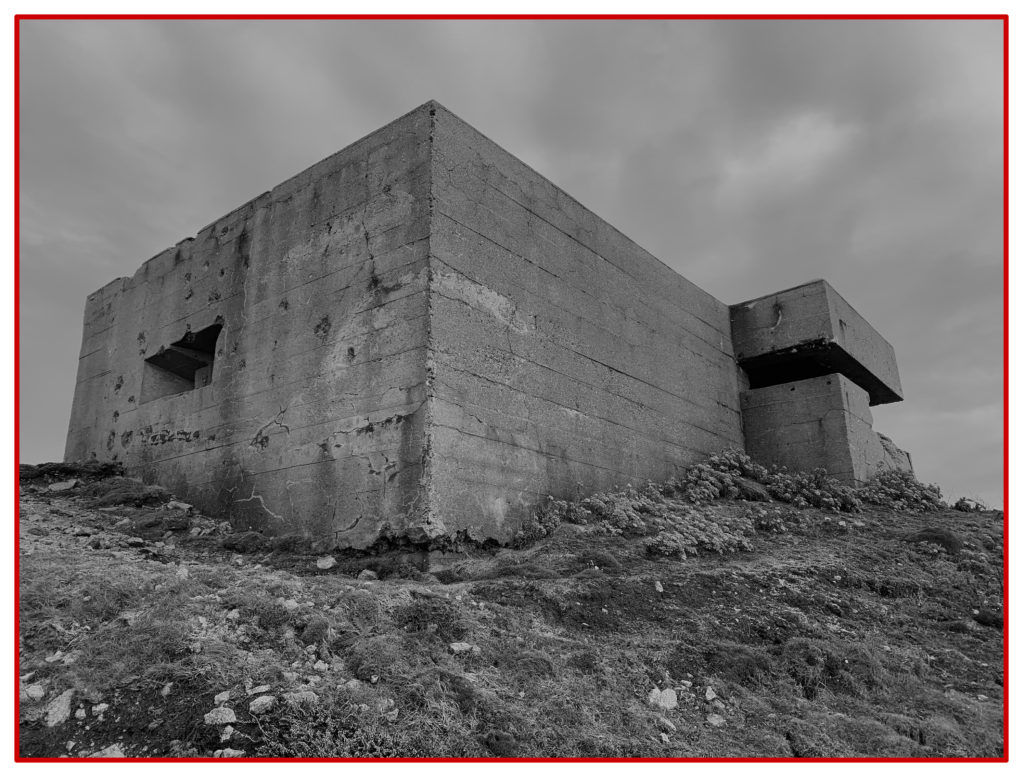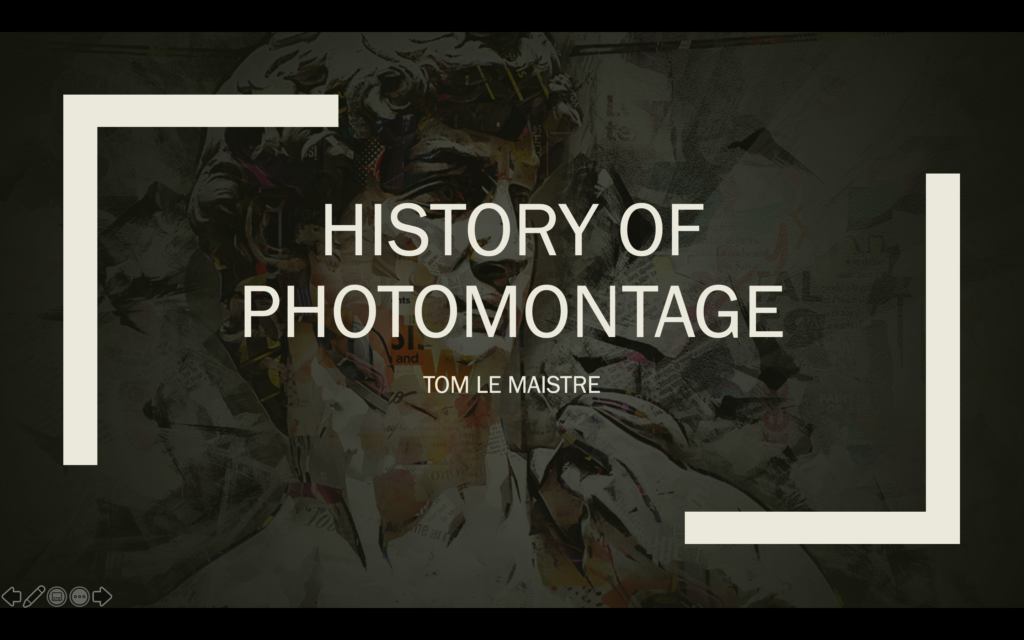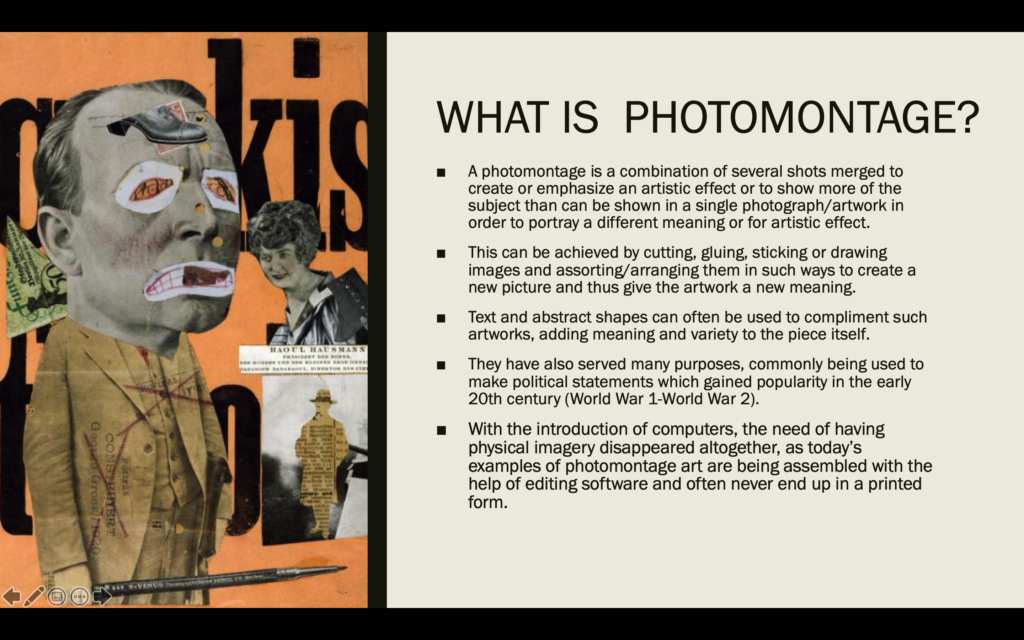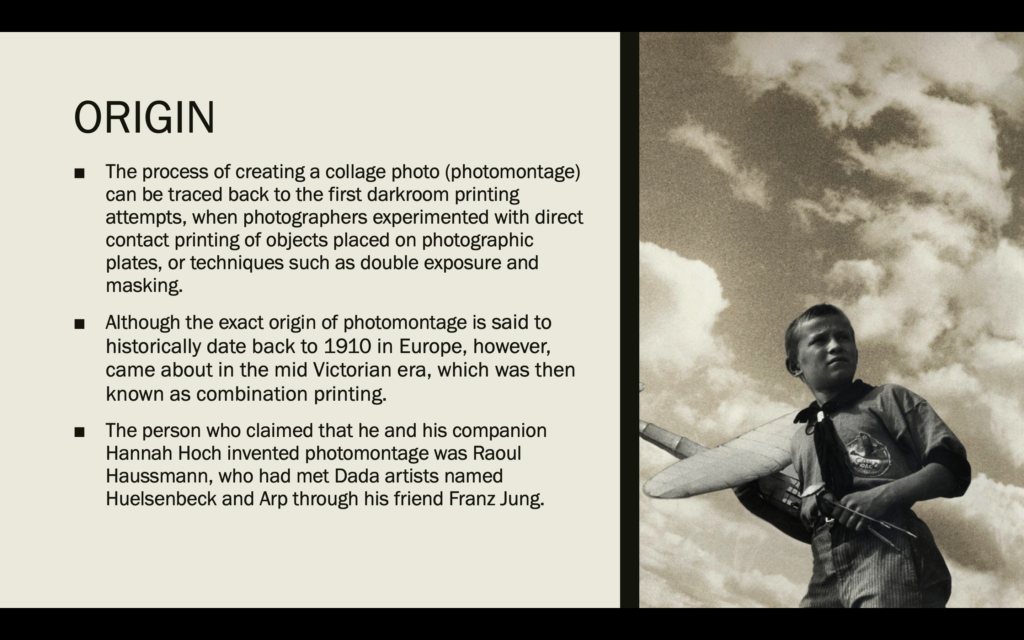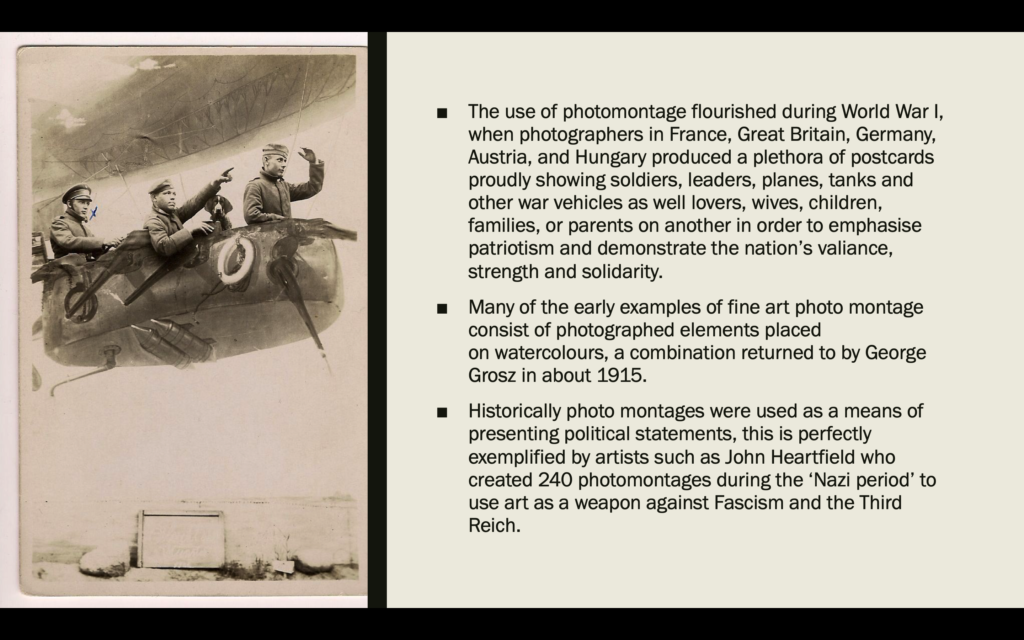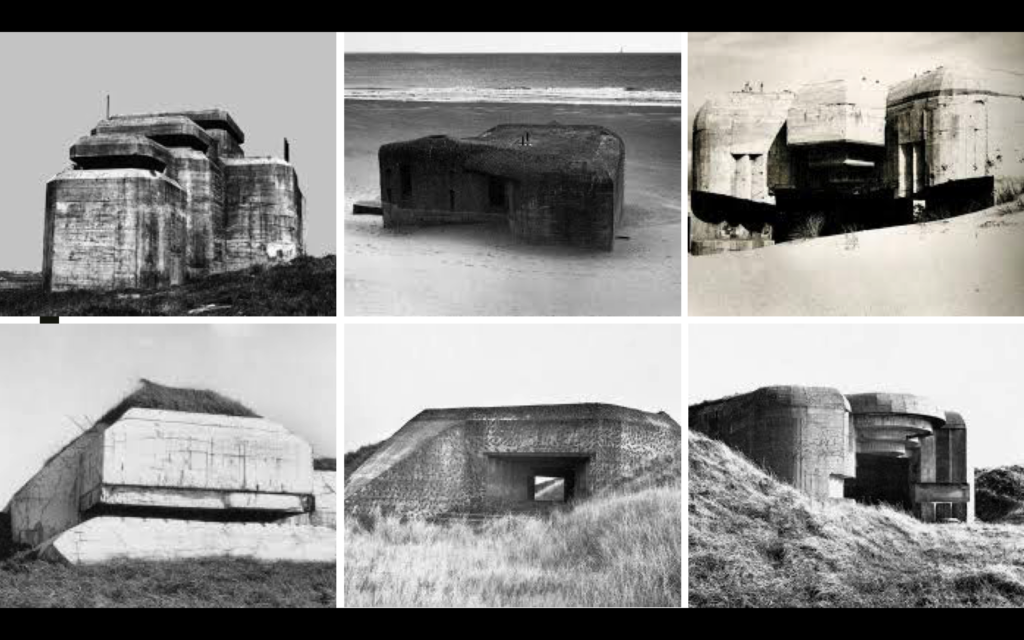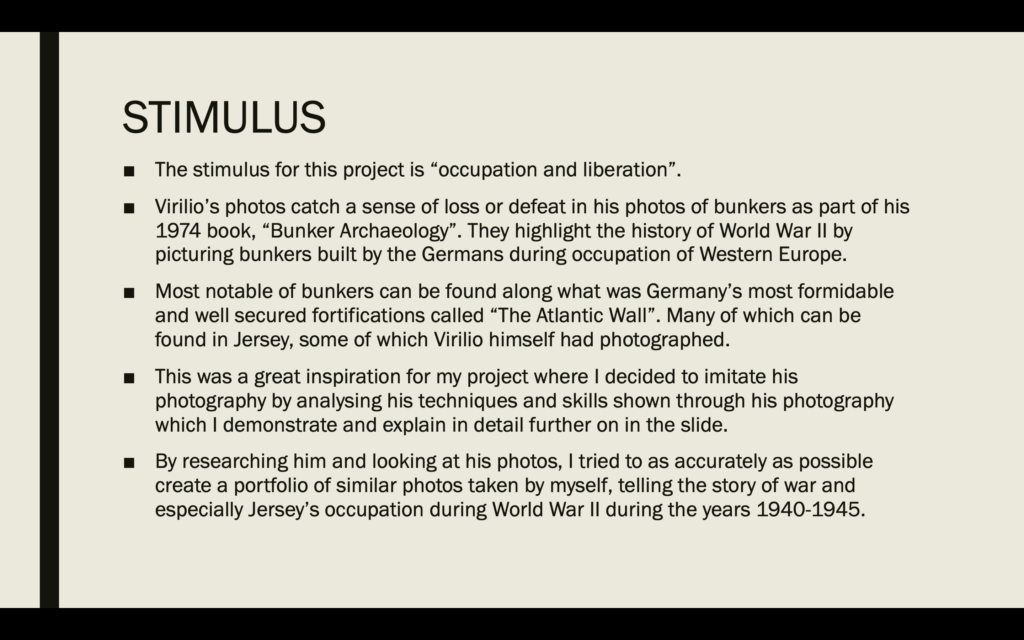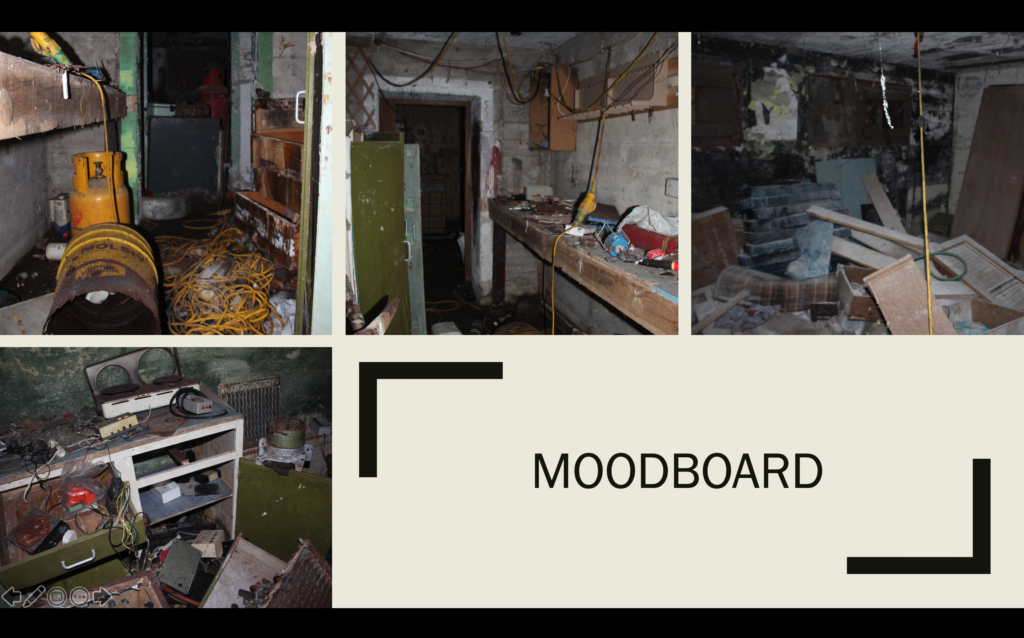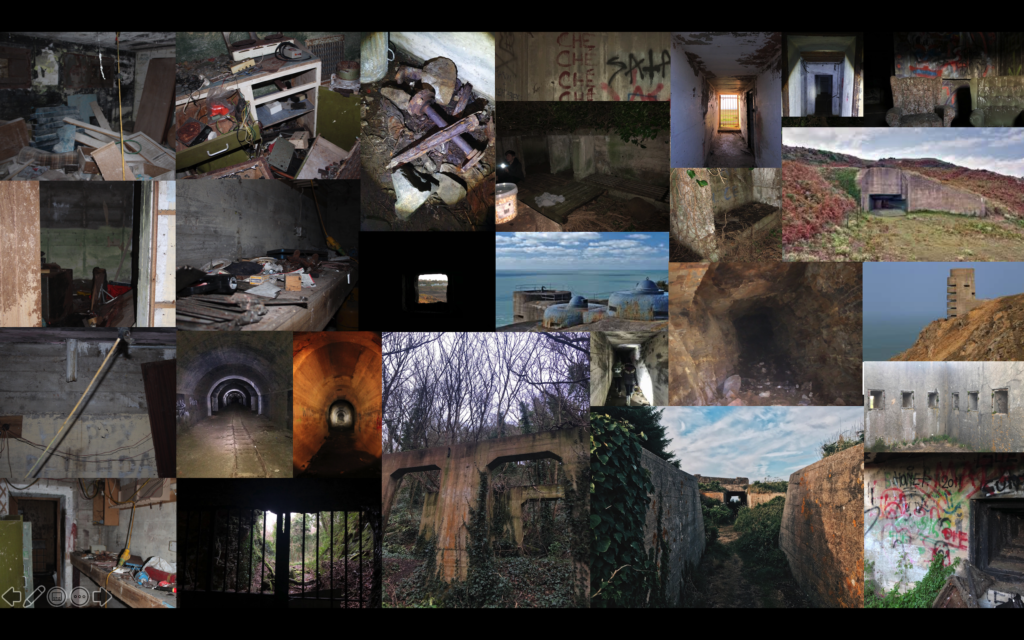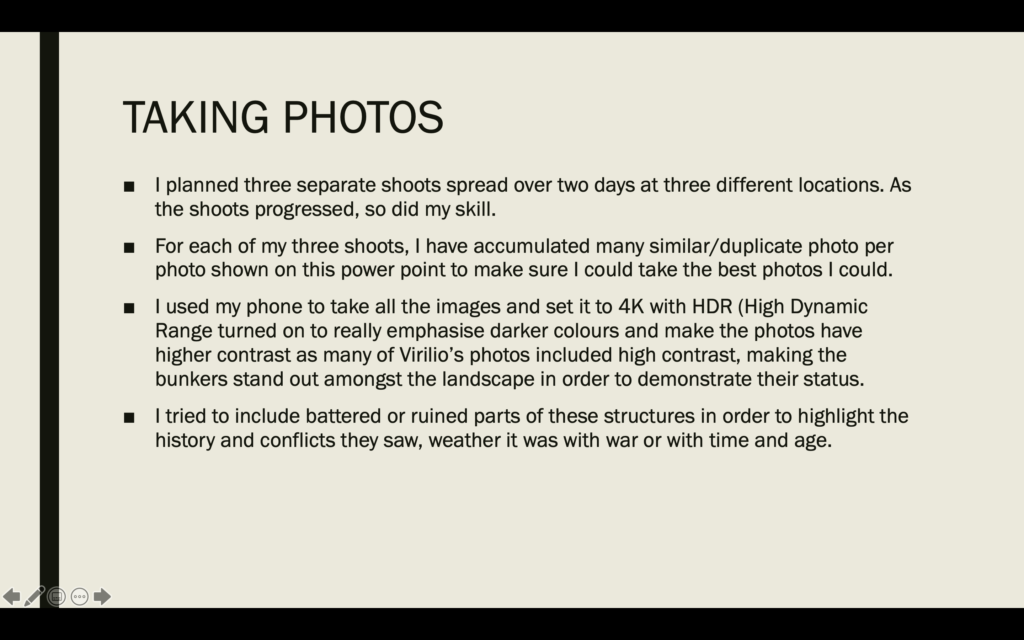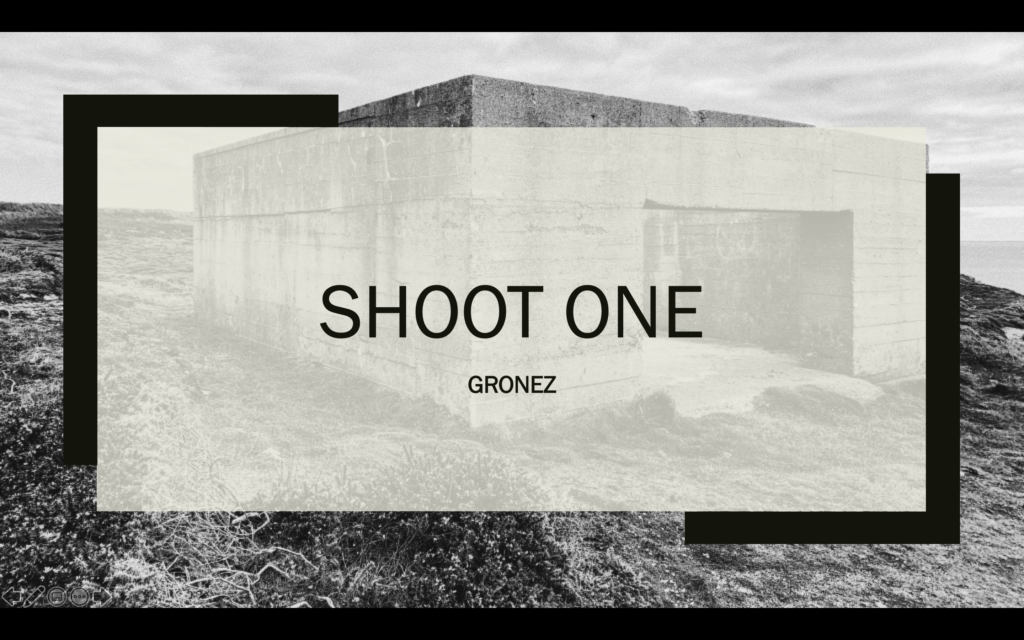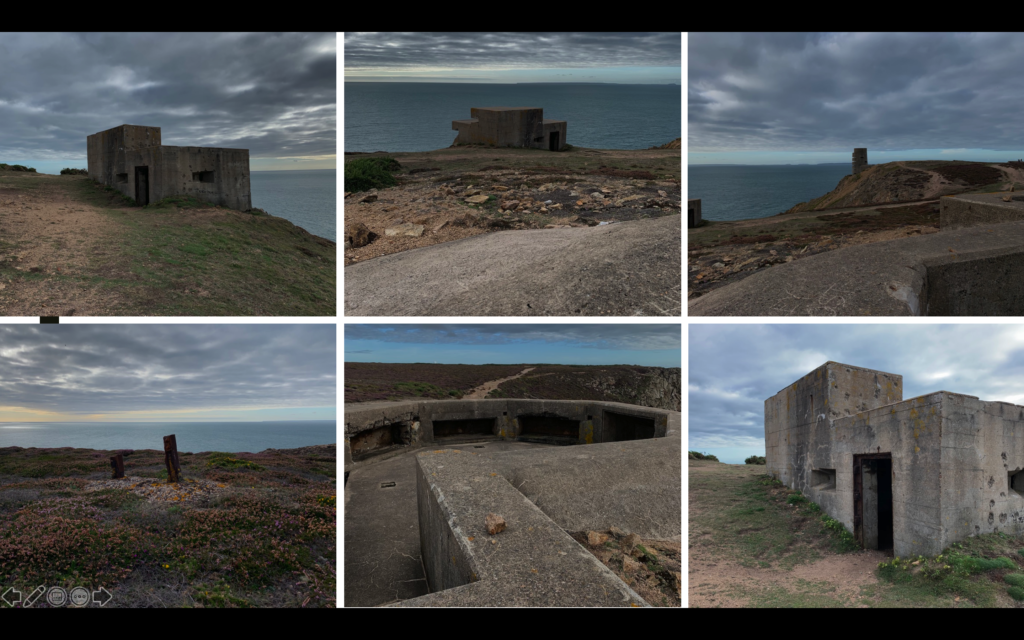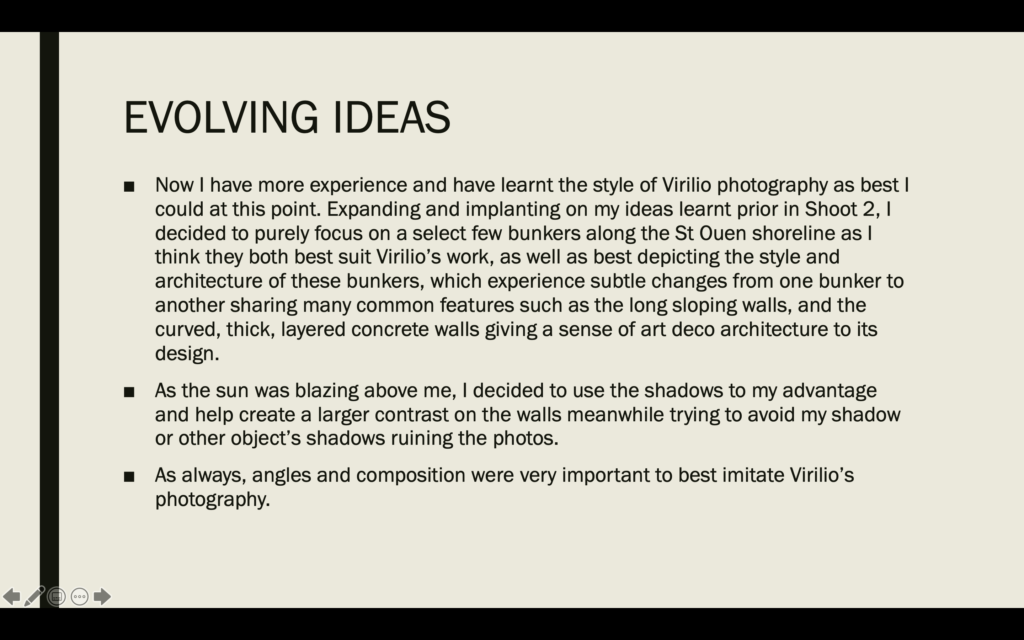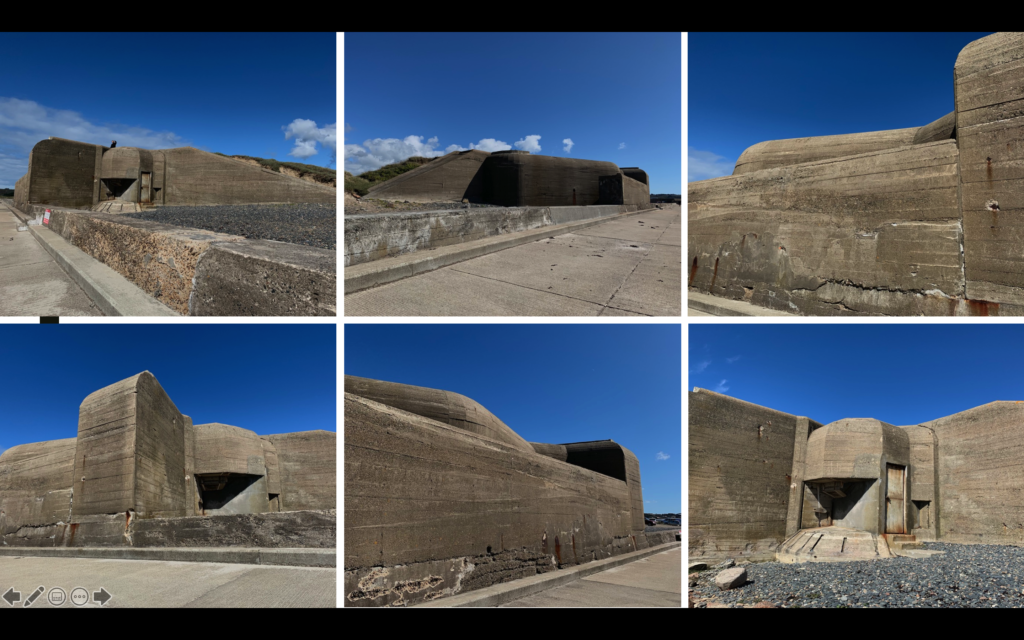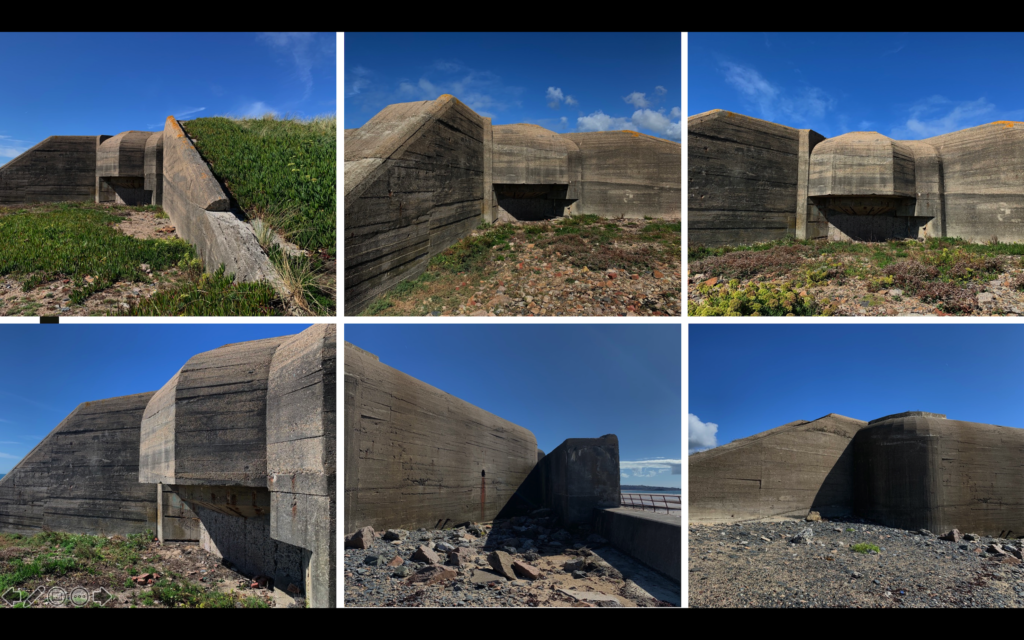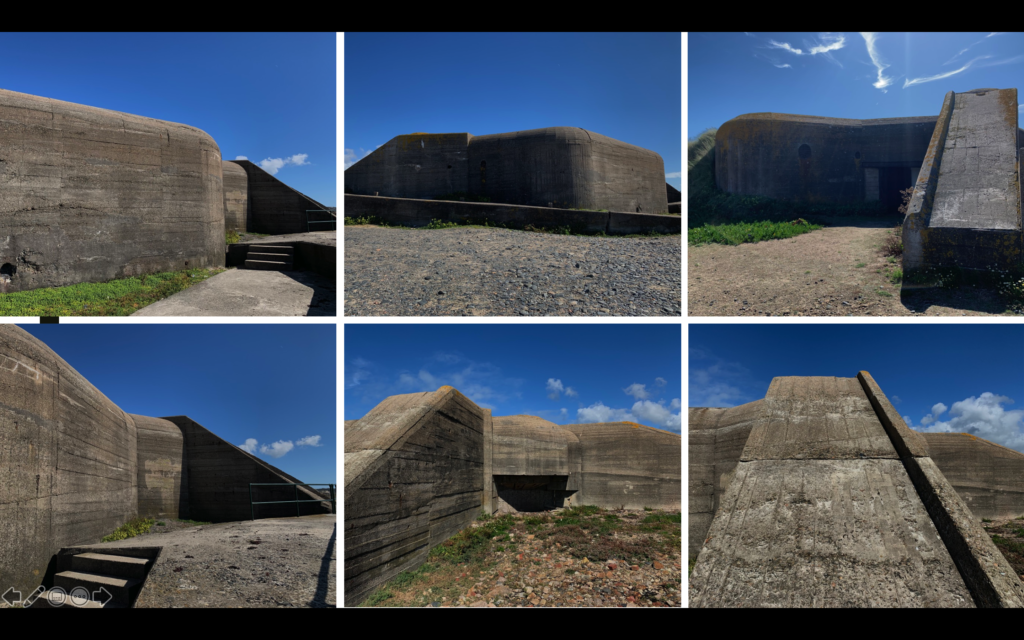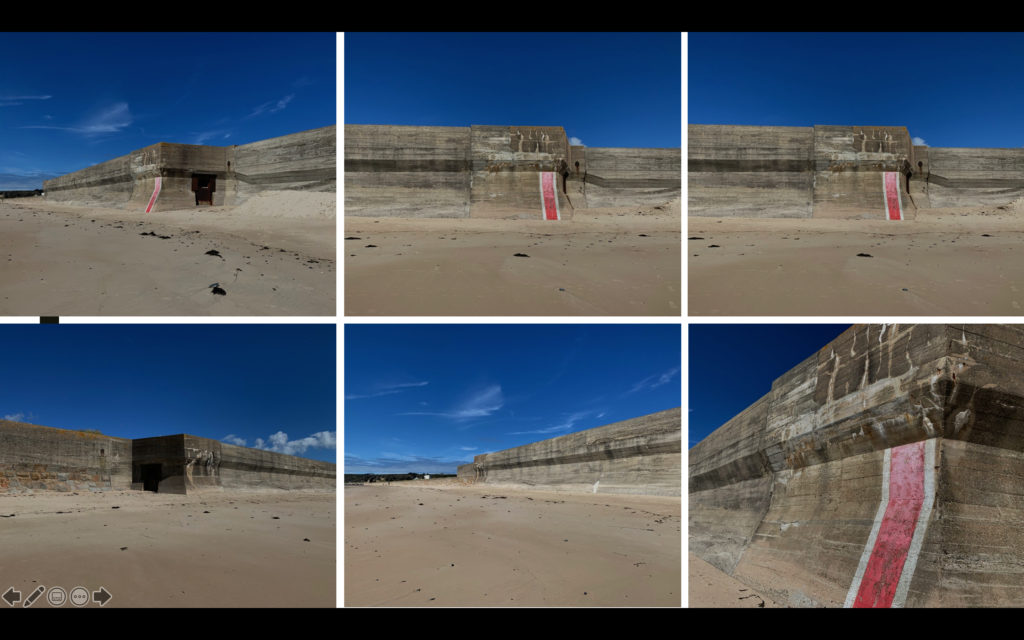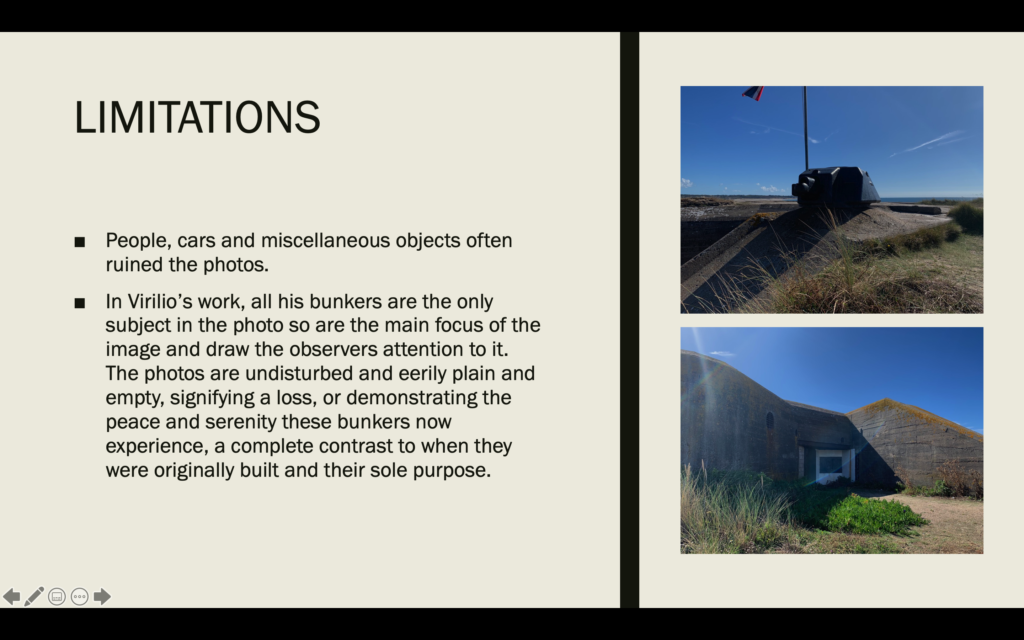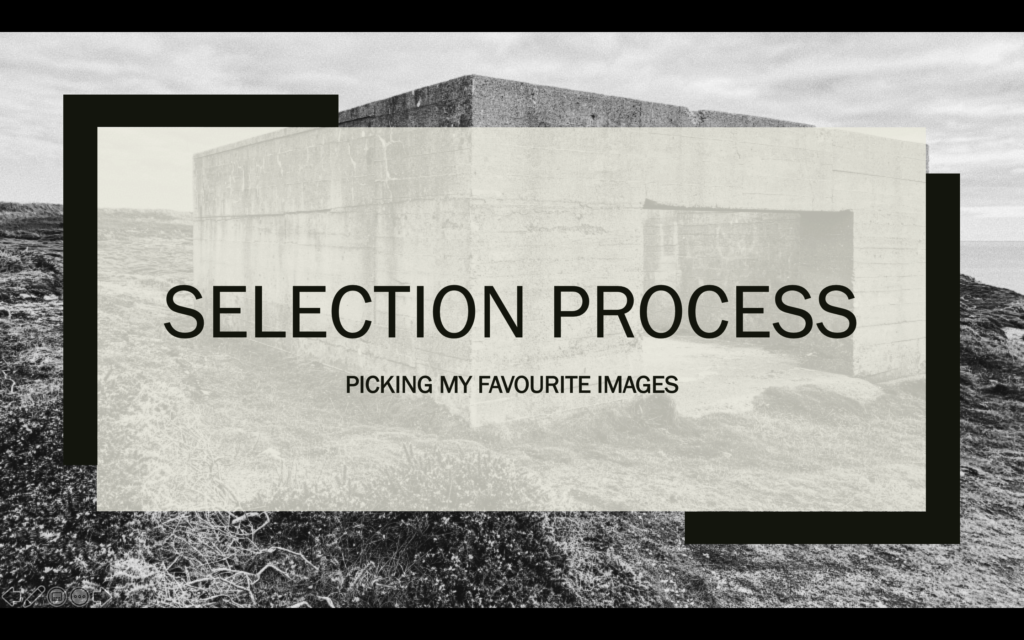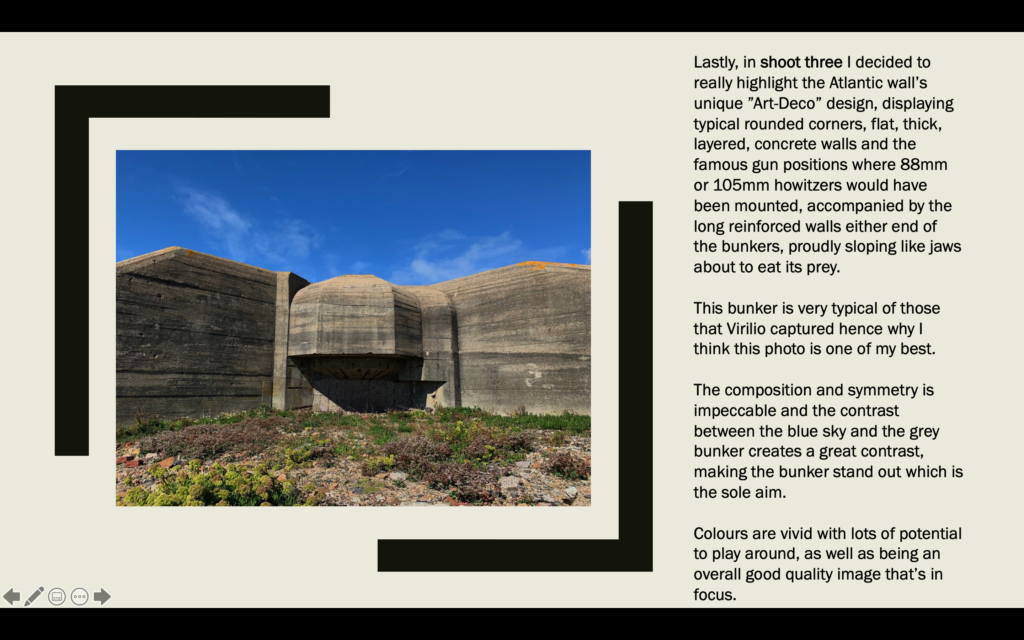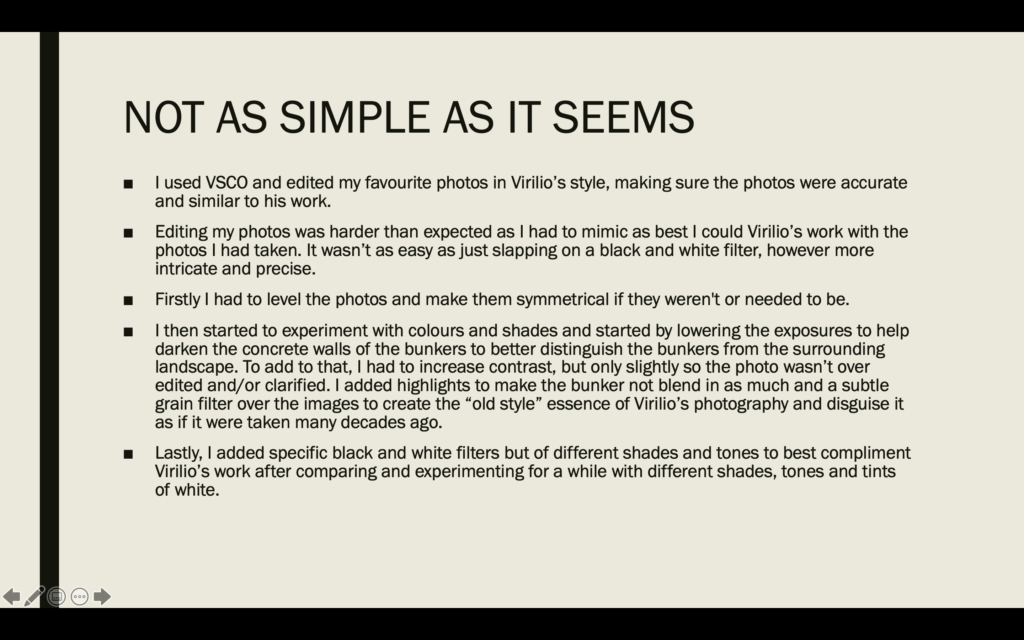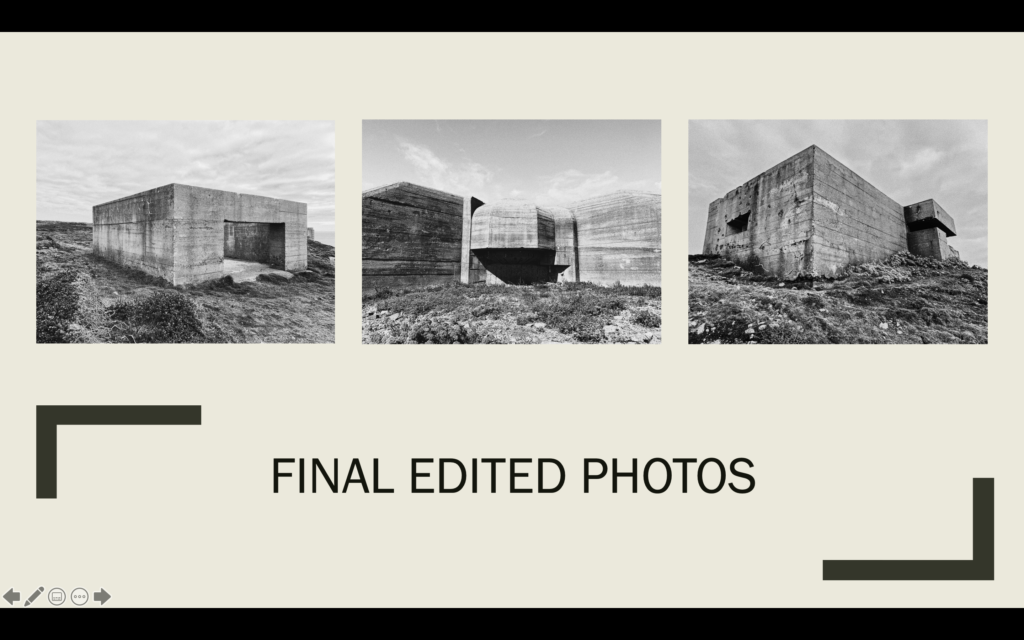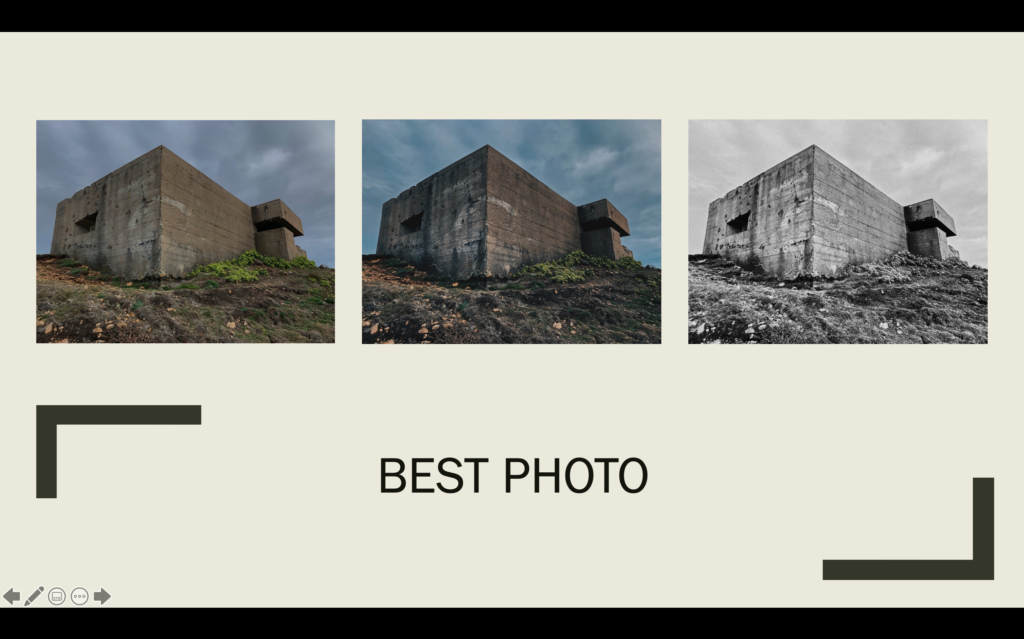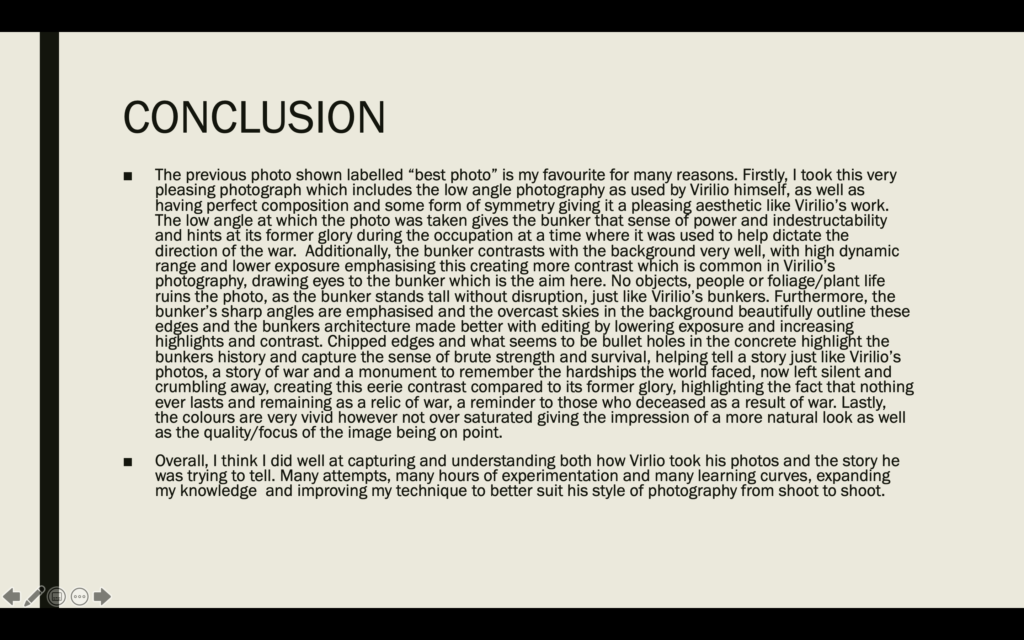Alfried Krupp, was an industrialist, a competitor in Olympic yacht races and a member of the Krupp family, which has been prominent in German industry since the early 19th century. It was his heavy involvement in German industry during Nazi rule that resulted in him being convicted of crimes against humanity and being sentenced to twelve years imprisonment.
In 1963, eight years after one of the most brutal periods in human history, New York based freelance photographer and portraitist Arnold Newman was commissioned by Newsweek magazine to take portrait photos of a German industrialist one Alfried Krupp however, he was no ordinary business man. Newman had been sent to Frankfurt, Germany with the intent of making Krupp “look like the devil”.
Krupp and his father (Gustav Krupp) had built up the Krupp business empire largely through their early support of the Nazi party and had heavily profited from the use of slave labour during the Second World War to supply arms for the Nazi war machine. Despite later being convicted of crimes against humanity and being sentenced to twelve years imprisonment, he had been pardoned after a mere three years. He was among many other Nazis who for various dubious reasons got off lightly despite the magnitude of their crimes.
In the famous photo below, Newman expressed his vision that Krupp was a deeply evil man. His famous image of an infamous man will go down in history as a brave and defiant expression of photography.
TECHNICAL
The lighting is this image is rather dark with harsh shadows creating a strong but not overpowering contrast. The focus on the camera is aimed at the subject’s face in the foreground, highlighting all his facial features in great detail, emphasising the shadows on the subject’s face, especially under the eyes adding to that evil look Newman tried to create. The background however has a slight blur, although very slightly, allowing there to be enough focus to depict the factory and machinery behind, symbolic of Krupp’s manufacturing business.
The background is rather well lit with an abundance of natural light, mainly seeping through from above through the ceiling, creating a contrast between the dark foreground with Krupp and the brighter background, separating the image to help accentuate the subject himself by preventing him from blending in to the background. This also however adds to this dark, evil and powerful demeanour that Newman has perfectly captured.
To add to that, the photo has many orange/copper highlights, as can be seen in the background but also highlighted in the subjects skin tone creating a warm vibe, despite there being far more elements of the image that look quite cold with green, grey and black tints being rather commonplace, arguably adding to the high contrast of colours and shades that can be seen.
The photo has also been taken up close to the subject, displaying use of a small aperture on the photographers lens, however as mentioned before, still being able to focus on the background.
VISUAL
At first the colours seems very dull with green, grey and black tones standing out, with a few hints of brighter orange colours especially in the centre of the composition. Furthermore, the photo looks very industrial as it is set in a factory where textures look rough battered, allegorical of Krupp’s history in manufacturing.
Moreover, the photo has a plethora of straight, angular lines adding to this industrial look, which also provide structure to the image as well as also helping draw the observers attention to the main subject that is striking and eye catching as a result of its focus and their positioning by them being placed perfectly in the middle. The shot is very symmetrical and aesthetically pleasing, with the subject positioned in a way that still allows the photo to reveal the background that adds depth to the image by adding layers creating a more three dimensional look.
CONTEXTUAL/CONCEPTUAL
This photo has a significant, strong meaning behind it as the photographer from this photo was an American Jew whereas the subject in the shot was Alfried Krupp, a German who owned a train manufacturing company and blamed for using slave labour and backing the Nazi regime. This is likely the inspiration/motive for Newman to create such a negative depiction of Krupp and could be thus interpreted as an act of revenge and a possible explanation to why he wanted to make Krupp “look like the devil”, especially considering Krupp’s involvement against Jews by supporting Nazi’s and their efforts to eradicate all Jews with slave-labour/concentration camps.


